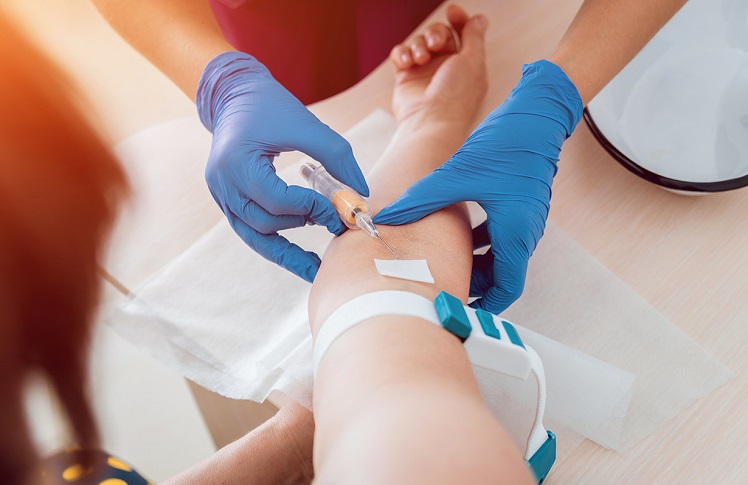
Scientists have fostered a computerized reasoning model that precisely predicts results for malignant growth patients from tissue tests, denoting a huge headway in involving computer based intelligence for likely course of the sickness and customized therapy methodologies.
The creative methodology, portrayed in the diary Nature Correspondences, examinations the spatial course of action of cells in tissue tests.
Cell spatial association resembles an intricate jigsaw puzzle where every cell fills in as an exceptional piece, fitting together fastidiously to frame a durable tissue or organ structure, the specialists said.
"The review features the noteworthy capacity of man-made intelligence to get a handle on these complicated spatial connections among cells inside tissues, removing unobtrusive data beforehand outside human ability to understand while foreseeing patient results," said concentrate on pioneer Guanghua Xiao, a teacher at the College of Texas Southwestern Clinical Center in the US.
Tissue tests are regularly gathered from patients and put on slides for understanding by pathologists, who break down them to make analyze.
Be that as it may, this interaction is tedious, and translations can change among pathologists, the analysts said.
Likewise, the human cerebrum can miss unobtrusive highlights present in pathology pictures that could give significant insights to a patient's condition, they said.
Different man-made intelligence models worked in the beyond quite a while can play out certain parts of a pathologist's work, for instance, recognizing cell types or involving cell vicinity as an intermediary for communications between cells.
Notwithstanding, these models don't effectively reiterate more perplexing parts of how pathologists decipher tissue pictures, like knowing examples in cell spatial association and barring superfluous "commotion" in pictures that can tangle translations.
The new artificial intelligence model, named Ceograph, mirrors how pathologists read tissue slides, beginning with distinguishing cells in pictures and their positions.
From that point, it distinguishes cell types as well as their morphology and spatial dispersion, making a guide in which the plan, dissemination, and connections of cells can be dissected.
The analysts effectively applied this apparatus to three clinical situations utilizing pathology slides.
In one, they utilized Ceograph to recognize two subtypes of cellular breakdown in the lungs, adenocarcinoma or squamous cell carcinoma.
In another, they anticipated the probability of possibly harmful oral issues — precancerous sores of the mouth — advancing to disease.
In the third, the group recognized which cellular breakdown in the lungs patients were probably going to answer a class of meds called epidermal development factor receptor inhibitors.
In every situation, the Ceograph model essentially outflanked conventional strategies in anticipating patient results.
Critically, the phone spatial association highlights recognized by Ceograph are interpretable and lead to natural bits of knowledge into how individual cell spatial collaboration change could deliver different useful results, Xiao said.
These discoveries feature a developing job for man-made intelligence in clinical consideration, he added, offering a method for working on the proficiency and precision of pathology examinations.
"This technique can possibly smooth out designated preventive measures for high-risk populaces and improve treatment choice for individual patients," Xiao added.
Leave a comment: (Your email will not be published)